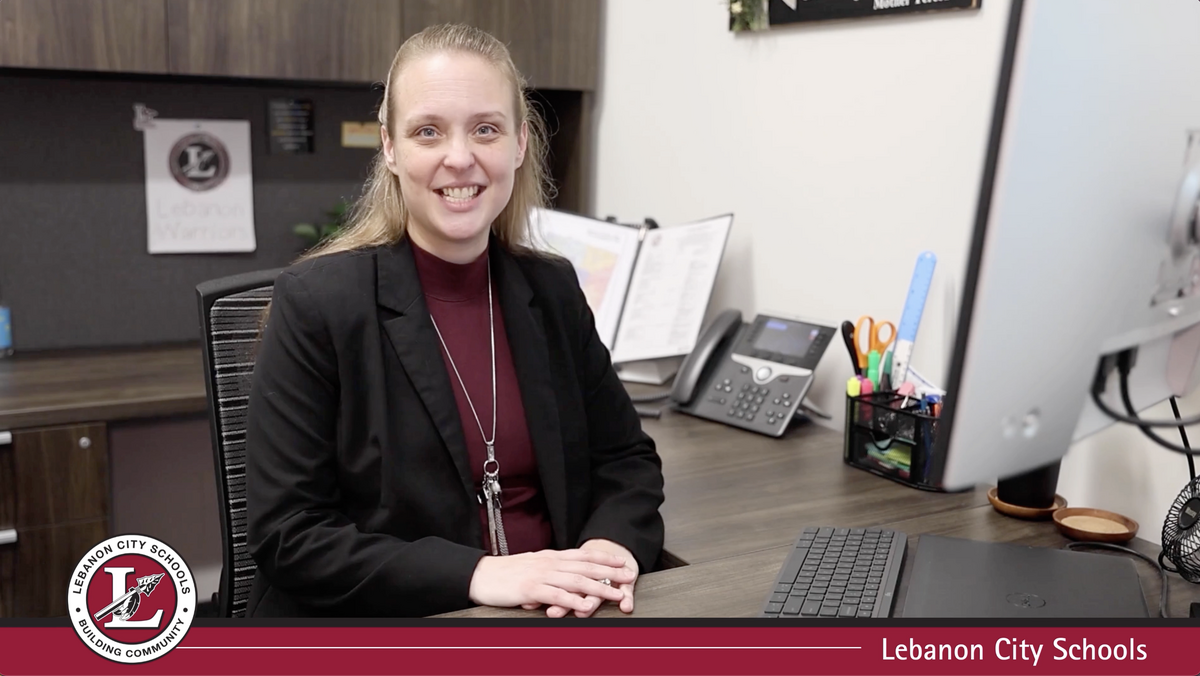Welcome

Treasurer's Welcome
As Treasurer/CFO of Lebanon City Schools, I am honored to serve our students, families, and community by managing the district’s financial resources with integrity and care. My team and I are committed to ensuring that every financial decision we make aligns with our district’s values and helps build a Reflective, Respectful, and Responsible Community. Specifically, the Treasurer’s Office is dedicated to three core goals: fiscal responsibility, high-quality customer service, and open transparency.
Fiscal responsibility means we use taxpayer dollars wisely to maximize benefits for all students. Open transparency means we share clear, accessible financial information so our community understands how funds are collected and invested. High-quality customer service means we respond professionally, timely, communicate openly, and work collaboratively with staff, families, and community members.
I invite you to explore the financial reports, forecasts, and resources available on this page, and to reach out with any questions. Together, we can ensure Lebanon City Schools remains strong, sustainable, and focused on student success.
Karen Ervin
Treasurer/CFO
Lebanon City School District
What Does a School Treasurer Do?
This video highlights the work of Mrs. Ervin, District Treasurer and CFO, in managing district finances wisely. Special thanks to students Brady, Becky, Anne, Gia, Parker, and Rosalie for starring in the video!


